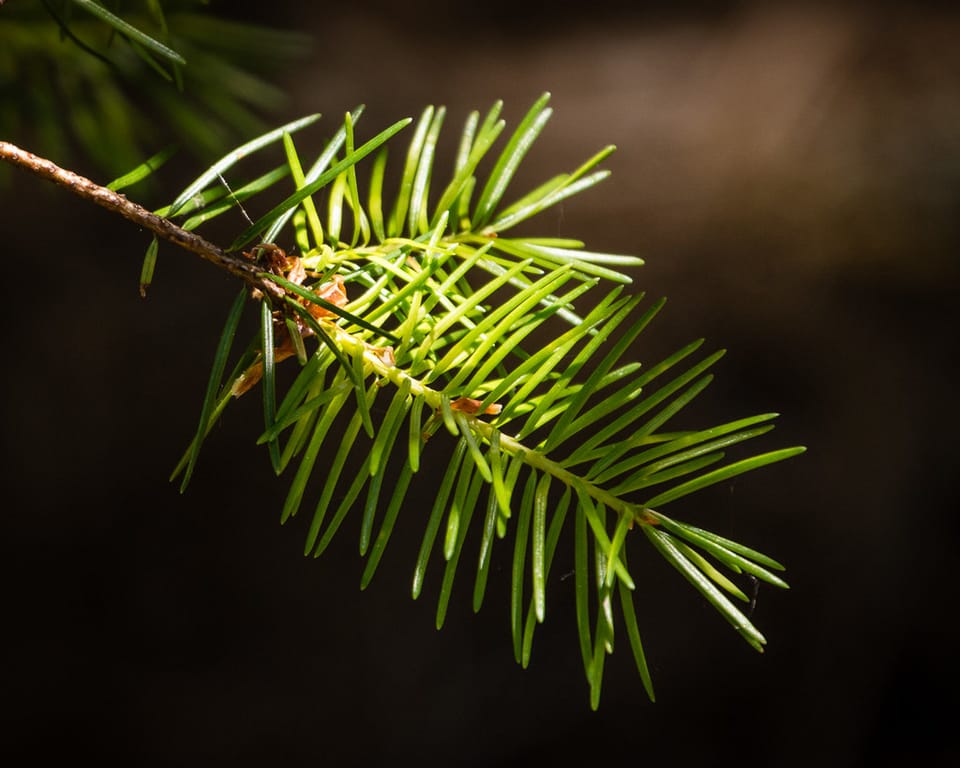EcoWest News, February 28, 2023

Welcome to EcoWest News, a weekly round-up of news and resources that you can put to use in addressing environmental issues and protecting the wild in your community.
Across the West
The polar bear population in Western Hudson Bay fell by 27% between 2016 and 2021. [CPAWS-MB] CPAWS Manitoba is requesting letters of support for the creation of Indigenous Protected and Conserved Areas in the region to help address the decline.
A win for nature. Saskatoon City Council agrees to expand protection of the city’s Northeast Swale to include 40 acres around a lek, a mating ground for sharp-tailed grouse. [The StarPhoenix]
The Saskatchewan Water Security Agency (WSA) is developing new wetland drainage regulations that will be announced in the fall of 2023. [Water Security Agency] Follow the Citizens Environmental Alliance of Saskatchewan for updates.
The City of Saskatoon has completed an environmental review of its bylaws with reference to what is happening in other municipalities. It covers topics such as green buildings, green roofs, low-impact development, adaptive reuse and infill development, landscape regulations, parking and electric vehicle standards, and greywater re-use. [Crosby Hanna & Associates via SK EMTF]
Alberta’s Roadmap to the New Energy Economy: Embracing the opportunities for every Albertan, Pembina Institute’s new report says Alberta can and should be a leader on climate and the energy transformation in Canada. [Pembina Institute]
Two OHV groups have received $8 million dollars from the Alberta government to manage and maintain trails. CPAWS Northern and Southern Alberta are concerned about the lack of transparency, the associations’ ability to correctly maintain the trails, and the lack of comprehensive land-use planning. [CPAWS Northern Alberta]
Saanich Council is proposing a tax exemption for commercial and rental properties that switch to a more energy-efficient heating or cooling system. [Times Colonist]
Across Canada
Cities are challenging places for plants and animals to live, and species that can change their behaviour are more likely to survive. Edmonton coyotes avoid people and cars by becoming active at night. Mountain chickadees in Kamloops are bolder than their rural counterparts. [The Conversation]
”Spending money, time and effort eradicating non-native species that have neutral or positive effects on native species is wasteful as those limited resources could be put to better use.” [The Conversation]
Around the World
The City of Liverpool will require concerts and festivals to reduce their carbon emissions by 50%, including using a proportion of renewable energy to power the festival and reducing the number of cars visitors take to events. [The Guardian]
Communities have begun banning balloons that are in use for just a few hours – there are plenty of plastic-free options for having fun at kids’ birthday parties. [Gizmodo]
Nature’s Wonders
Horse’s hoof fungus has 3 distinct layers that could each be useful in future: a tough outer crust as an impact-resistant coating for windshields, a soft middle layer that could replicate leather, and an inner layer similar to wood. [The Verge]
Award-winning photographs are an opportunity to observe bird behaviour. [Audubon]
Photo credit: https://www.flickr.com/photos/apmckinlay/27377700060
EcoFriendly West informs and encourages initiatives that support Western Canada’s natural environment through its online publication and the Nature Companion website/app. Like us on Facebook, follow us on Twitter, or subscribe by email.

Member discussion